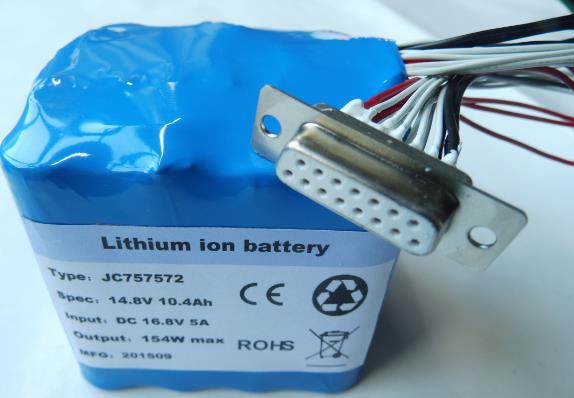The topic of this conference is to discuss the development of LED road lighting technology and standards. The atmosphere was very warm, and the elites from the management, application, research and industry sectors of the two sides of the strait and Europe and the United States all expressed their views on the technology and standards of LED road lighting.
International Lighting Commission Franz? President Hans Berger first spoke, bringing the development trend of European road lighting standards to the participants, and sparked the thinking of China's LED road lighting standards. Li Liling, deputy head of the Institute of Environmental Engineering of Taiwan Institute of Technology, introduced Taiwan's experience in the development of LED streetlight standards and the technical standards referenced. In December 2008, Taiwan announced the clear definition of LED street lights, which was the first LED in the world. The street lighting standard area is experienced in LED street light standards.
Li Tienan, Yan Tongsheng, Ye Guanrong and Zhao Ying, the authoritative experts of the mainland LED, also expressed their views on the professional and technical aspects of LED street lamp standard construction. Mr. Ye Rongnan, a professor-level senior engineer from Xiamen Optoelectronics Industry Association, put forward the "LED Road Lighting Field Measurement Specification" at the meeting. After discussion by the participants, it was basically recognized and is expected to become a national standard.

Li-Ion Battery With Smbus refers to the battery datas can be collect through equipments based on SMBUS data communication, it usually applied to the military grade battery which need higher safety level protection .but as these battery have SMBUS inside ,it also should meet these requirements as :
1.The rated voltage is high (the operating voltage of the unit is 3.7v or 3.2v), which is about equal to the series voltage of three nickel-cadmium or nickel-hydrogen charging batteries, so as to form the battery power supply group
2.The self-discharge rate is very low, which is one of
the most prominent advantages of the battery. At present, it can reach less
than 1% per month, less than 1/20 of the nickel hydrogen battery.
14.8V Li-ion Battery With SMBUS
Items specification
Charge voltage : 16.8V
Nominal voltage : 14.8V (4S4P)
Initial impedance : 200mΩ
Nominal capacity: 10.4Ah
Minimum capacity : 10.0Ah
Communication methods : SMBUS data communication
Charge current : Standard Charging::0.5C5A (5.20A
Rapid charge 1.0C5A C(10.4A) Max
Standard Charging method: 5.20A(0.5C5A) CC(constant current)charge to 16.8V,then CV(constant voltage 16.8V)charge till charge current decline to ≤104mA(≈0.01C5A)
Charging time: Standard Charging:4.5hours(Ref.)
Rapid charge: 2.5 hours(Ref.)
Max.discharge current: 10.4A(1.0C5A)
Discharge cut-off voltage: 11.0V
Shelf life: 2 years
Cycle life (0.2C5A/0.2C5A) : 500 times,≧80%DOD; 500 times,≧80%DOD

Li-ion Battery With SMBUS
Li-Ion Battery With Smbus,Lipo Battery,Battery Pack With Smbus,Smart Li-Ion Battery Pack With Smbus
YFJ TECHNOLOGY (HK) CO.,LIMITED , http://www.yfjpower.com